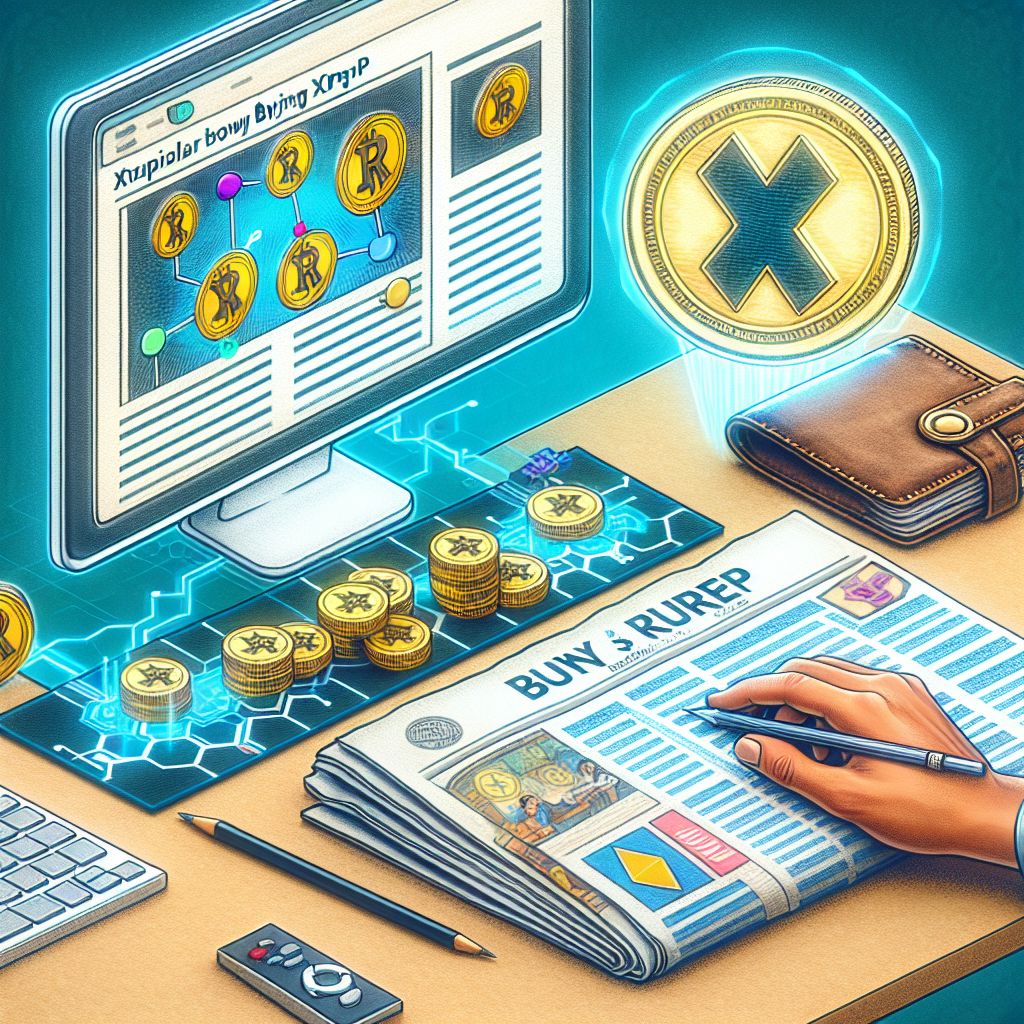Understanding Xrp: A Comprehensive Guide
Mastering XRP: A Comprehensive Tutorial for Cryptocurrency Enthusiasts and Beginners
In the ever-evolving world of digital currencies, mastering XRP presents a unique opportunity for both seasoned cryptocurrency enthusiasts and curious beginners. XRP, renowned for its rapid transaction times and partnerships with major financial institutions, stands out as a compelling investment option. This comprehensive tutorial will serve as your guide, covering essential topics such as how to buy XRP, secure it in an XRP wallet, and stay updated with the latest XRP news. Whether you’re an investor seeking to diversify your portfolio or a newcomer aiming to understand the intricacies of XRP cryptocurrency, this guide is crafted to enrich your knowledge and confidence in navigating this dynamic market.
Understanding XRP Cryptocurrency
What is XRP?
XRP is a digital currency developed by Ripple Labs, designed to enable fast, cost-effective international transactions. Unlike Bitcoin, which relies on a public blockchain, XRP operates on a consensus ledger, making its transactions not only faster but also more energy-efficient. Ripple’s unique consensus algorithm validates transactions in seconds, distinguishing XRP in the cryptocurrency landscape. This efficiency appeals to financial institutions seeking to enhance cross-border payment systems. Additionally, XRP acts as a bridge currency in transactions involving disparate currencies, further streamlining the process. Its role in liquidity provision and its association with RippleNet, a network of banks and payment providers, underscore XRP’s strategic importance. As such, understanding XRP goes beyond its use as a digital asset to its function in facilitating global financial transactions.
Key Features of XRP
XRP is distinguished by several pivotal features, making it a noteworthy player in digital currency markets. First, its transaction speed is unparalleled, with the ability to settle payments in mere seconds—much faster than traditional banking or even other cryptocurrencies. This rapid processing is powered by the Ripple protocol consensus algorithm, which eliminates the need for energy-intensive mining. Additionally, XRP’s transaction costs are notably low, providing a cost-effective alternative for cross-border transactions. Another significant feature is its scalability. XRP can handle 1,500 transactions per second, which can rival traditional payment systems. Furthermore, XRP’s robust security measures ensure the reliability and integrity of transactions across the network. This combination of speed, cost-efficiency, and security has attracted substantial interest from banks and financial institutions seeking innovative payment solutions.
XRP vs Other Cryptocurrencies
Through its unique operational framework, XRP sets itself apart from other cryptocurrencies such as Bitcoin and Ethereum. While Bitcoin relies on a decentralized blockchain network requiring energy-intensive mining, XRP employs a consensus ledger and validator nodes, significantly reducing energy consumption and enhancing transaction speed. This difference allows XRP to process transactions in seconds, compared to minutes or even hours for Bitcoin. Additionally, XRP’s primary focus on streamlining cross-border payments distinguishes it from Ethereum, primarily a platform for decentralized applications and smart contracts. Moreover, XRP’s transaction fees are generally lower than those of Bitcoin and Ethereum, making it an attractive option for cost-sensitive financial transactions. These attributes make XRP a preferred choice for financial institutions and payment providers aiming for efficiency and cost-effectiveness in global transactions.
How to Buy XRP
Selecting an Exchange
When buying XRP, selecting the right cryptocurrency exchange is crucial. An ideal exchange should offer a seamless user experience, strong security measures, and competitive fees. Popular platforms like Binance, Coinbase, and Kraken are among the preferred choices for purchasing XRP due to their user-friendly interfaces and reputations for security. Additionally, these exchanges provide a range of payment options, including bank transfers and credit cards, making the buying process more accessible. It’s essential to verify the exchange’s regulatory compliance and ensure it supports XRP trading pairs. Reviewing user feedback and support features can also provide insights into the exchange’s reliability and service quality. By carefully evaluating these factors, investors can confidently choose an exchange that aligns with their needs and preferences, ensuring a secure and efficient purchase of XRP.
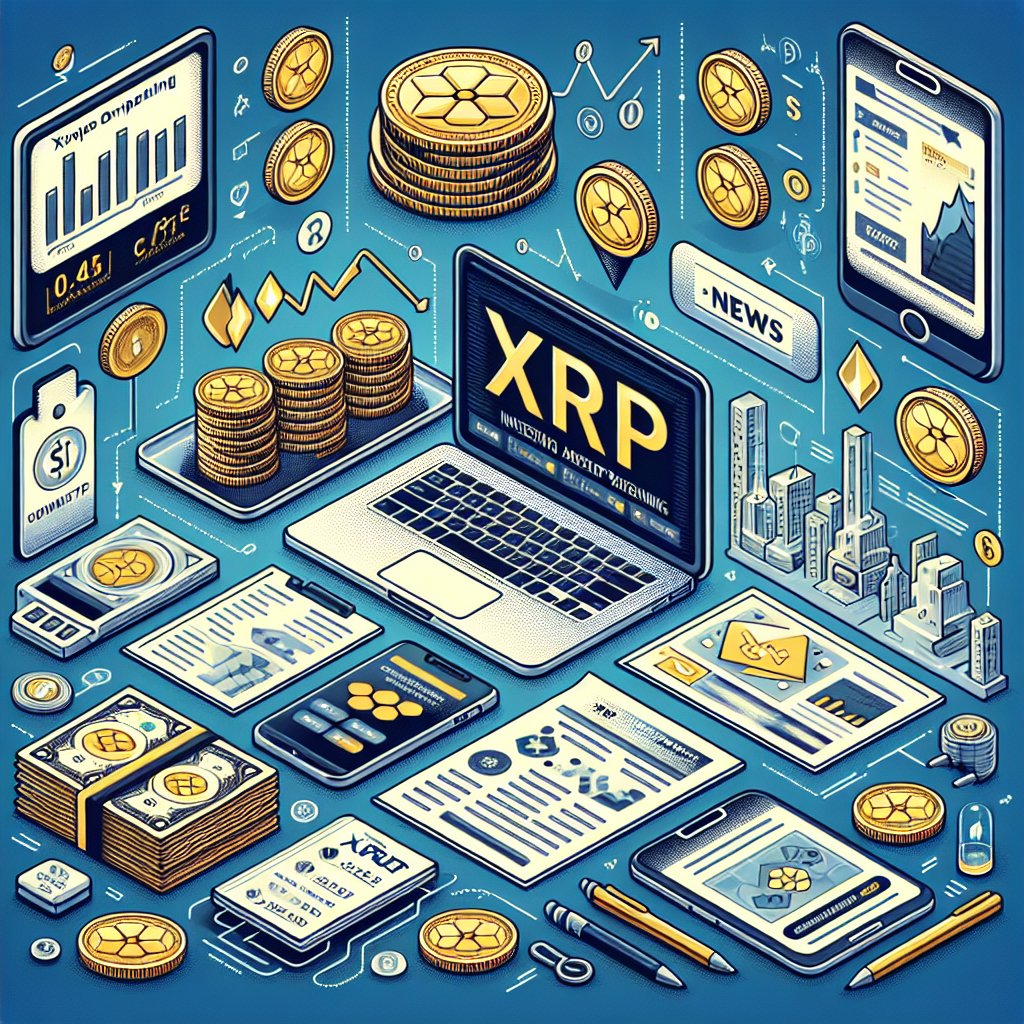
Step-by-Step Buying Guide
To buy XRP, follow this structured approach. Begin by setting up an account on your chosen cryptocurrency exchange. This typically involves providing an email address, creating a password, and verifying your identity with personal details and documentation. Once your account is verified, deposit funds. Most exchanges accept fiat currencies like USD, EUR, or GBP, which can be transferred via bank deposits or credit cards. With funds available, navigate to the trading section. Here, select XRP from the list of available cryptocurrencies. Choose the trading pair that matches your deposited currency, such as USD/XRP. Next, specify the amount of XRP you wish to purchase and review the transaction details, including fees. Confirm the purchase to finalize the transaction. It’s advisable to transfer your XRP to a secure wallet post-purchase to enhance security.
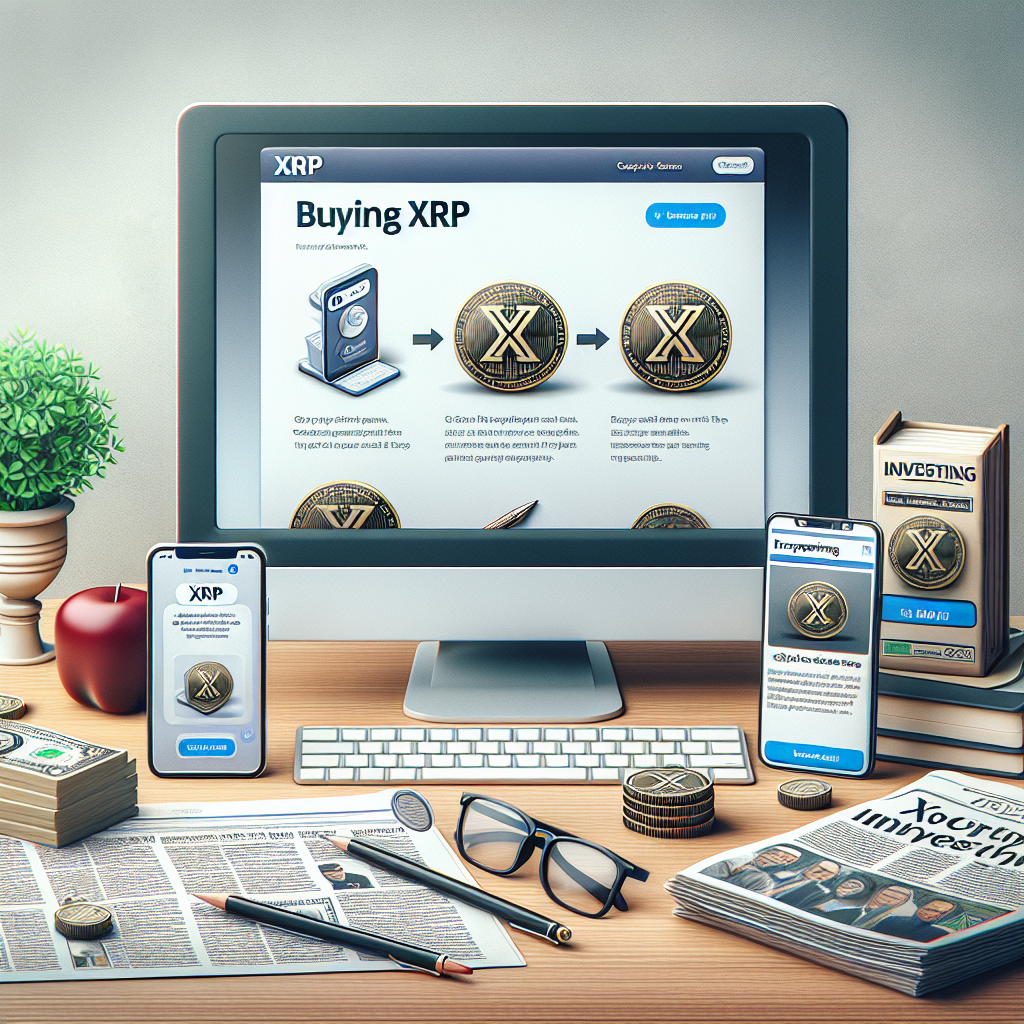
Storing XRP Securely
After purchasing XRP, ensuring its secure storage is paramount. An XRP wallet is essential for this purpose. There are several types of wallets available, each offering varying levels of security and convenience. Hardware wallets, like Ledger Nano S and Trezor, provide robust security by storing your XRP offline, making them less susceptible to hacking. Alternatively, software wallets, such as Toast Wallet or the official Ripple wallet, offer accessibility and user-friendly interfaces, although they may be more vulnerable to online threats. When selecting a wallet, consider factors such as ease of use, security features, and compatibility with your devices. It is crucial to enable two-factor authentication and to keep your recovery phrase secure, as this is the only way to recover your XRP if you lose access to your wallet. By adopting these security measures, you can protect your XRP from potential threats.
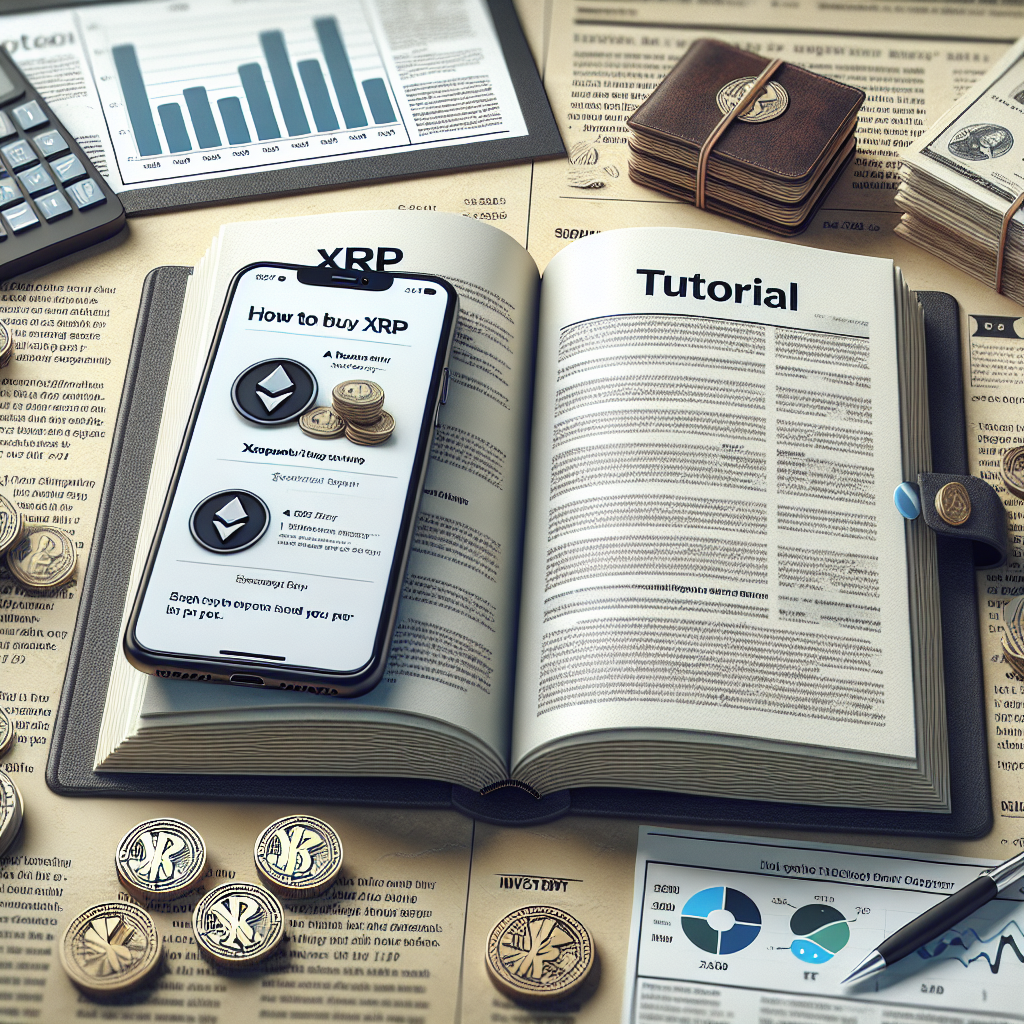
Investing in XRP
XRP Wallet Options
Selecting the appropriate XRP wallet is critical for safeguarding your investment. Hardware wallets, such as Ledger Nano S and Trezor, are highly recommended for their enhanced security. These wallets store your XRP offline, significantly reducing the risk of hacking. For those seeking convenience, software wallets like Exodus and Atomic Wallet offer accessible interfaces and multi-currency support, but may be more prone to online threats. Mobile wallets, such as Trust Wallet, provide the flexibility of managing your XRP on-the-go, although security remains a concern. Additionally, paper wallets offer an offline storage option, but they require careful handling to avoid physical damage or loss. When evaluating wallet options, prioritize security features, ease of use, and your personal needs. It’s also prudent to regularly update wallet software and maintain secure backups of recovery phrases. By choosing a suitable wallet, you can effectively protect your XRP holdings.
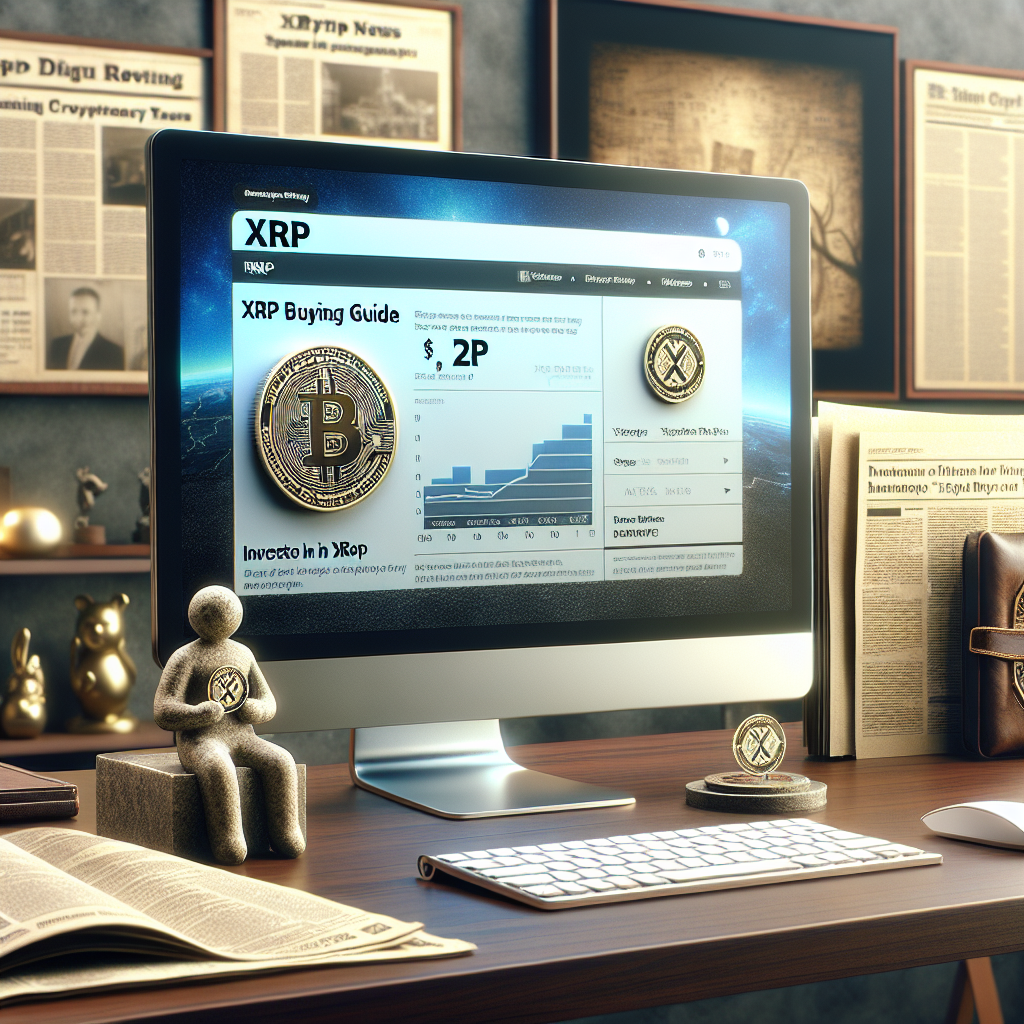
Analyzing XRP News
Keeping abreast of XRP news is vital for any investor aiming to make informed decisions. The cryptocurrency market is highly volatile, and developments such as regulatory changes, technological advancements, or partnerships can significantly impact XRP’s value. Start by following reputable news sources and financial analysts who specialize in cryptocurrency markets. Platforms like CoinDesk, CoinTelegraph, and Ripple’s official blog provide timely updates and insights. Additionally, consider joining online forums and communities, like Reddit’s XRP subreddit, where enthusiasts and experts discuss recent news and trends. Social media platforms, particularly Twitter, are also valuable for real-time news and opinions from industry leaders. However, exercise caution and verify news through multiple reliable sources to avoid misinformation. By actively analyzing XRP news, investors can better anticipate market movements and adjust their strategies accordingly, ensuring they remain well-informed and prepared for any market shifts.
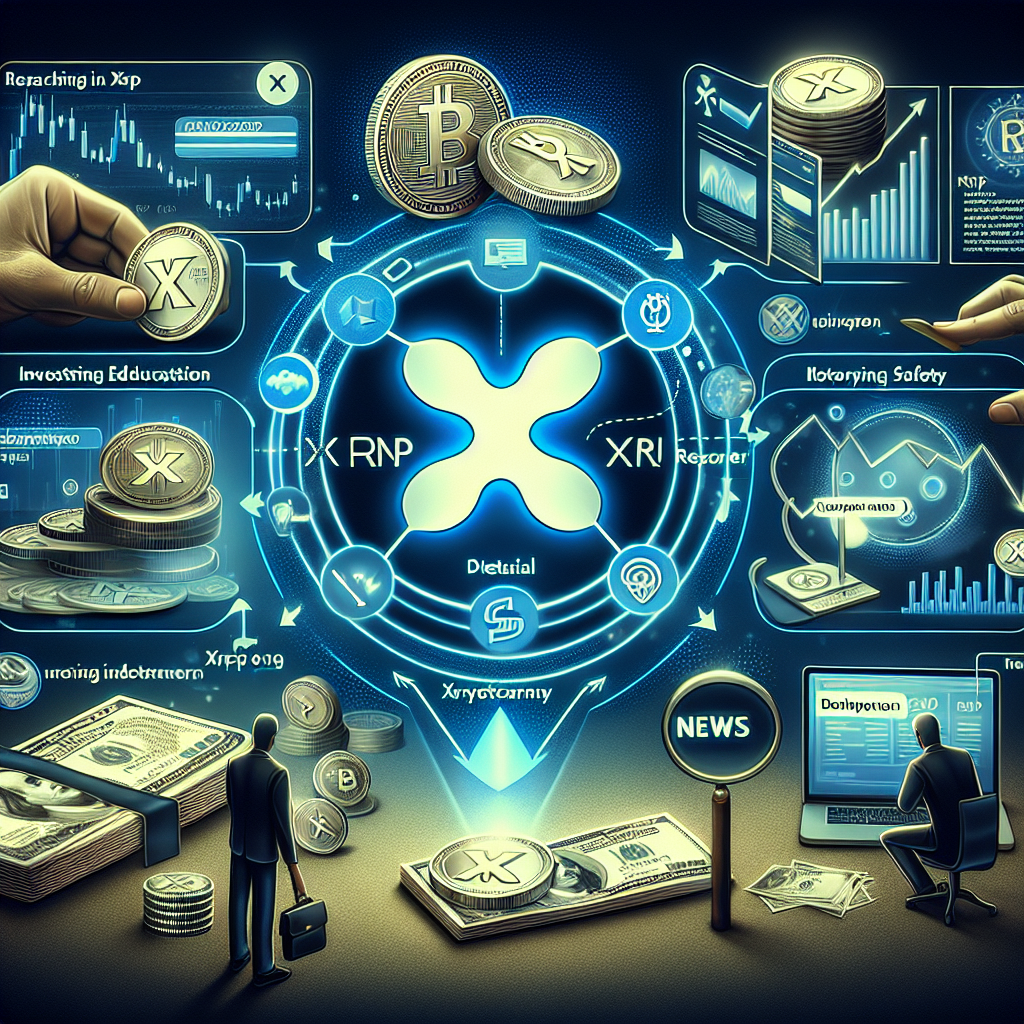
Long-term Investment Strategies
Investing in XRP as a long-term strategy requires careful planning and a thorough understanding of market dynamics. Consider allocating a portion of your portfolio to XRP based on your risk tolerance and financial goals. Diversification is key; balance your XRP investment with other asset classes to mitigate risks associated with cryptocurrency volatility. Establishing a dollar-cost averaging approach—regularly investing a fixed amount—can help manage market fluctuations over time. Keep abreast of technological advances and strategic partnerships by Ripple, as these can influence XRP’s long-term potential. Additionally, assessing broader market trends and regulatory changes will provide insights into XRP’s future trajectory. Maintaining a disciplined approach is crucial; avoid making impulsive decisions based on short-term market movements. Regularly review your investment strategy to ensure it aligns with your financial objectives. By adopting a comprehensive and informed strategy, you can effectively manage your long-term investment in XRP.
